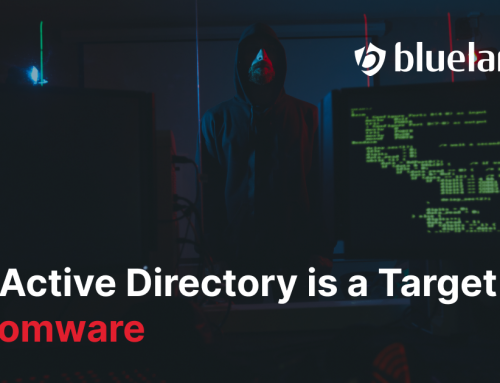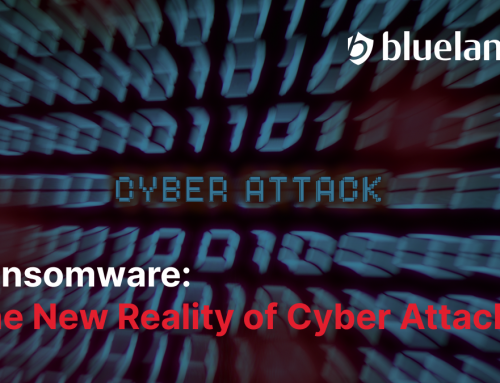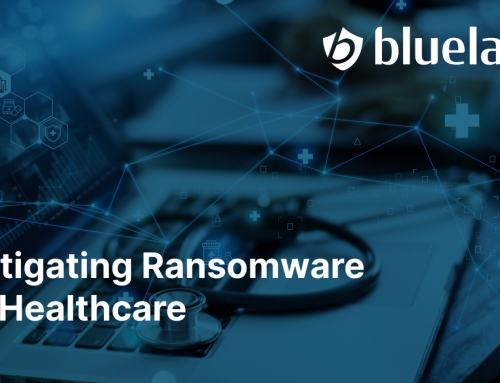We all know the universal rule of thumb for gift-giving: “It’s the thought that counts.”
But I think kids everywhere would agree there’s also a universal gift-giving faux pas. It’s when a child rips open a gift and squeals in delight to find a shiny new toy all for him – only to discover batteries are nowhere to be found. Talk about fizzled excitement.
But we’re all unwittingly at risk of making the same mistake this holiday season. We’re scrambling to buy the latest technology without ensuring it can be enjoyed after the gift is opened.
Take, for instance, the new trend of IoT devices. Even if you don’t know what an IoT device is, you probably already own one – or ten – because they make great gifts for ourselves and others.
An IoT device is a physical object or thing that is embedded with electronics, software, sensors, and network connectivity. It’s part of a network of physical devices called the “Internet of Things,” enabling it to collect and exchange data.
IoT devices are popular because they connect intelligence and convenience with our lifestyle. We now have the ability to tell a wireless audio speaker to play our favorite song without touching a button. We can remotely schedule our thermostat and sprinklers to save up to 50 percent on bills. We can even provide remote access to a visitor using doorbell cameras and keyless door locks.
And that’s just the beginning. Companies are finding new and exciting ways to improve this mini-ecosystem of ordinary appliances. Televisions, printers, coffee makers, refrigerators . . . You name it, they’re getting connected.
Here’s the problem: The technology is moving faster than we can understand the security implications.
We only need to recall the October attack on a company called Dyn to remember that our IoT networks make us even more vulnerable to attacks. Hackers invaded the operating system of the major DNS provider, disabling its services to users throughout Europe and North America. The kicker is they got in through the company’s IoT network of printers, cameras, residential gateways, and baby monitors.
These malicious attacks hit too close to home when we consider the security of our own homes and offices. Just imagine the consequences if an intruder figures out how to bypass your keyless door locks.
So how we can make sure our IoT devices bring joy this season – without inviting hackers to the party? Here’s a list of safety tips to keep in mind if you’re purchasing an IoT device for your family or colleagues this holiday season.
▪ Remember that the core principles of cybersecurity still apply, even as the technology keeps changing. Read our article, Six Ways to Prevent or Limit the Impact of a Cyberattack, and follow Blue Lance online to keep up with the latest in cybersecurity practices.
▪ Read reviews. Take a look at what security forums and other consumers have to say about the cybersecurity options for the product.
▪ Plan to spend more. Don’t compromise on your security in the rush to find deals. Taking the time to secure a product means it may be more costly.
▪ Protect yourself with increased security measures like strong passwords, dual identification, and biometrics. Don’t settle for the default passwords that come with some products.
▪ Limit the people who have access to your network.
▪ Prevent tampering of your physical devices. Take precautions to secure your phone and any other devices related to your network.
▪ Take the time to install updates.
These cybersecurity practices are simple but powerful. They can make the difference between a gift of convenience and a nightmarish experience in your home and office. So read the list, check it twice, and then print it to include with your IoT gift for family, friends, and colleagues. Oh, and don’t forget the batteries.
Umesh Verma is the award-winning CEO and driving force behind Blue Lance, the global provider of cybersecurity governance solutions. For more than 25 years, Blue Lance’s automated software solutions have been protecting digitally managed corporate assets by assessing, remediating, and monitoring security of information systems. Call Blue Lance at 1-800-856-2586 for your 25-point credentials assessment, or get social with us on LinkedIn, Facebook, or Twitter.









Leave A Comment